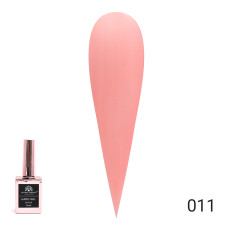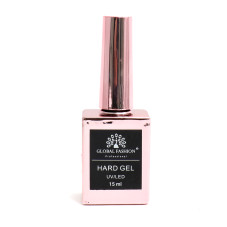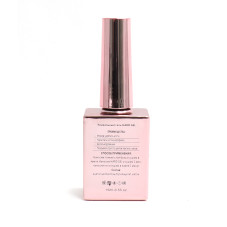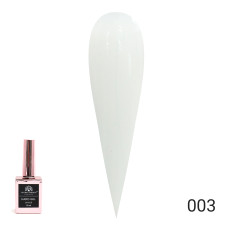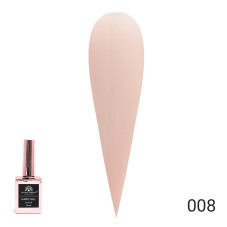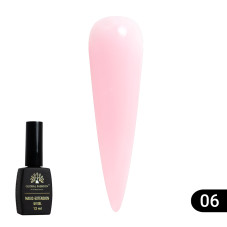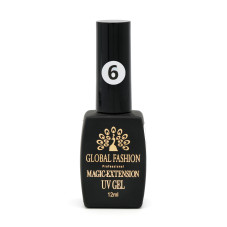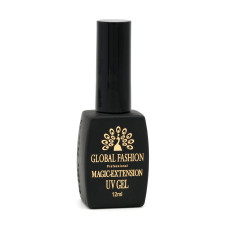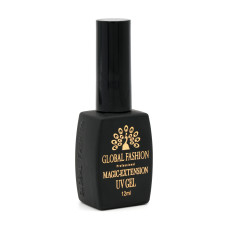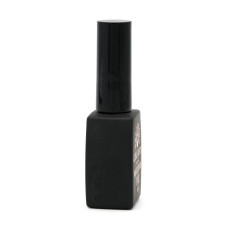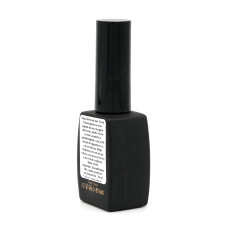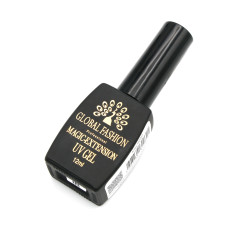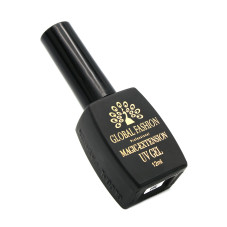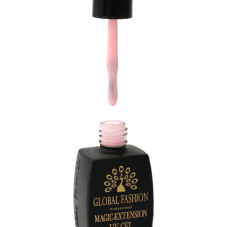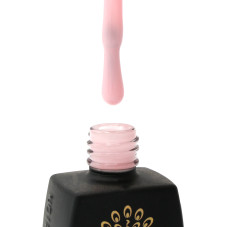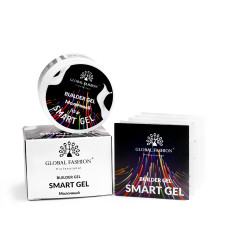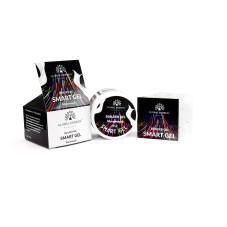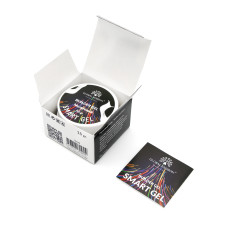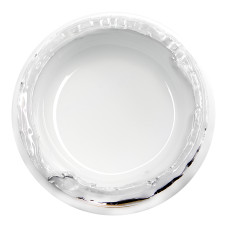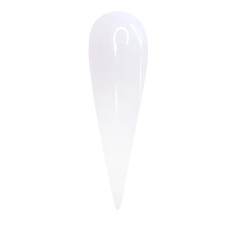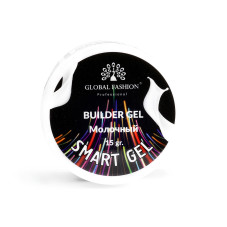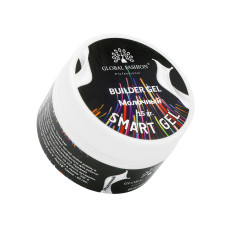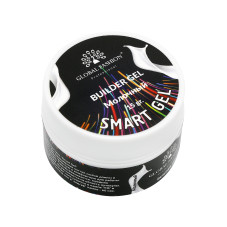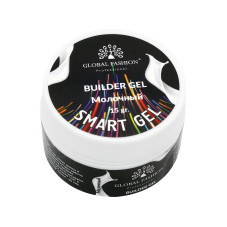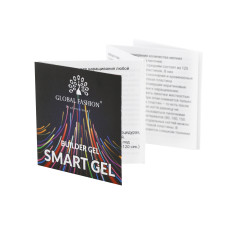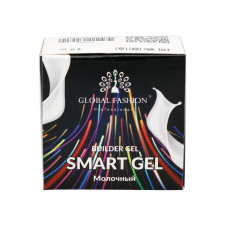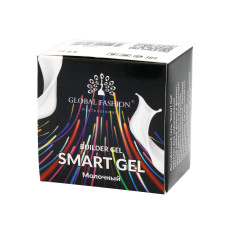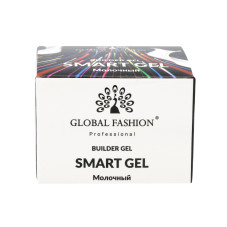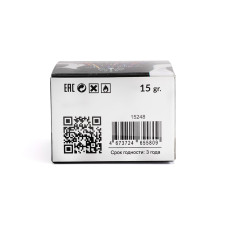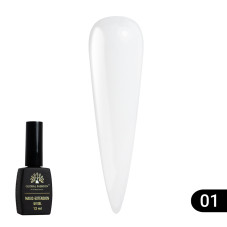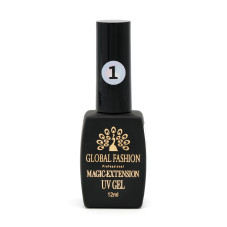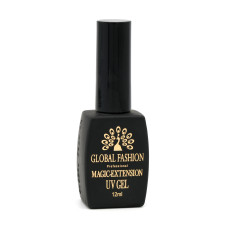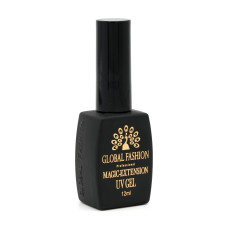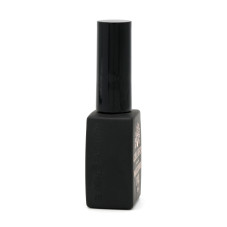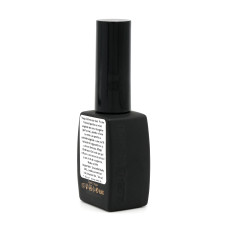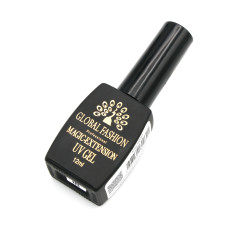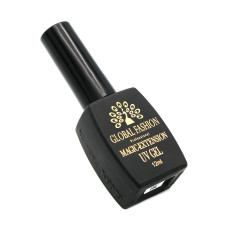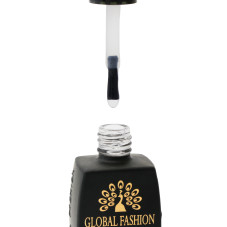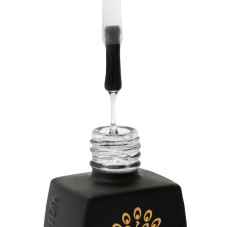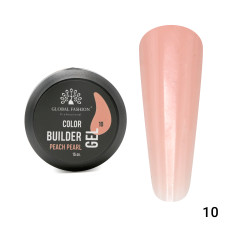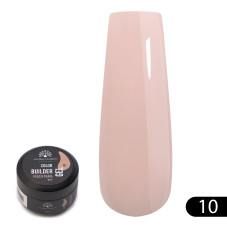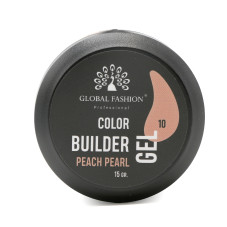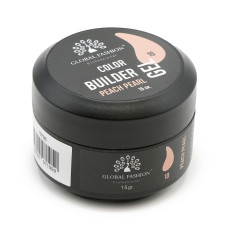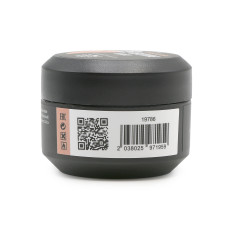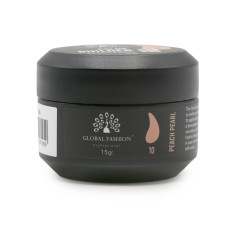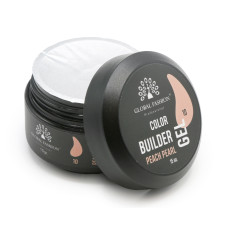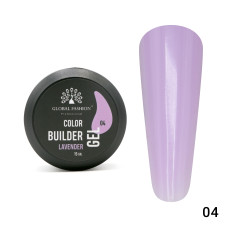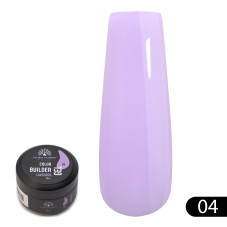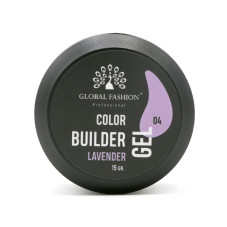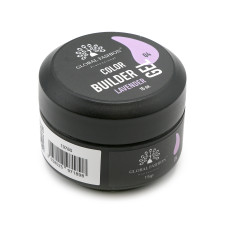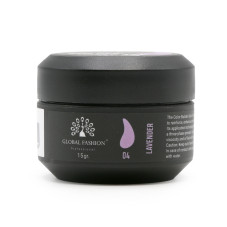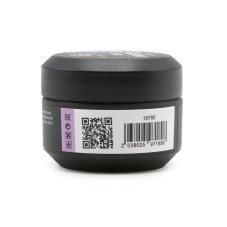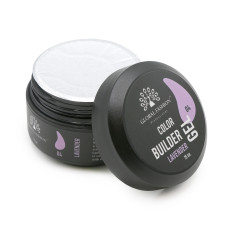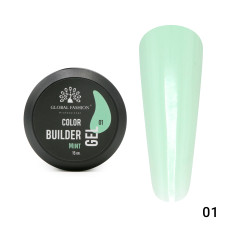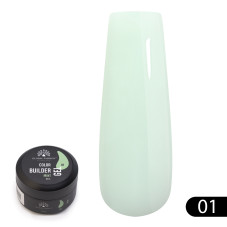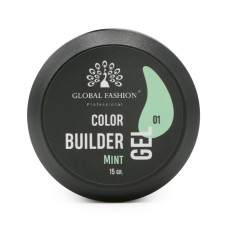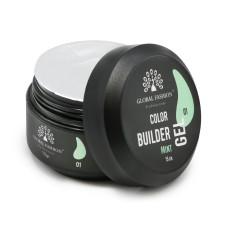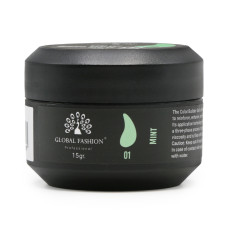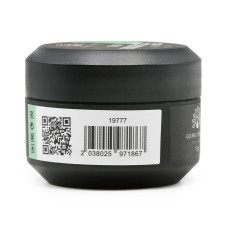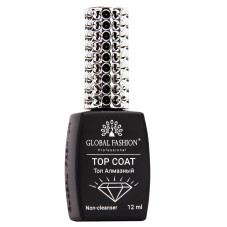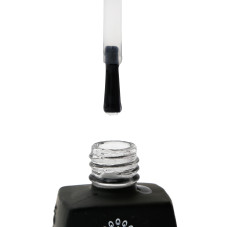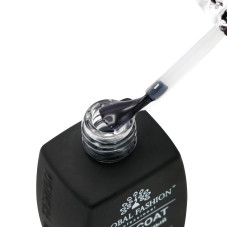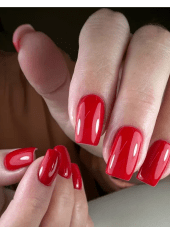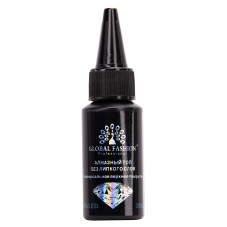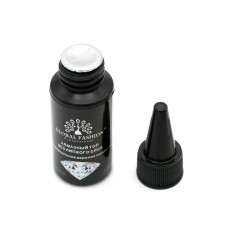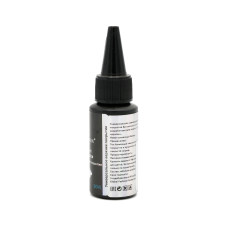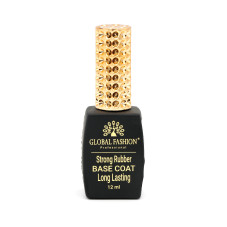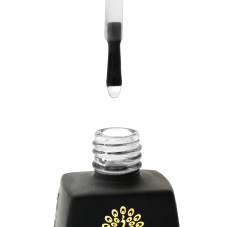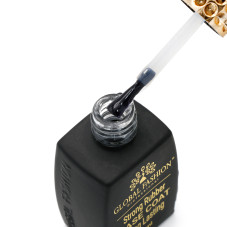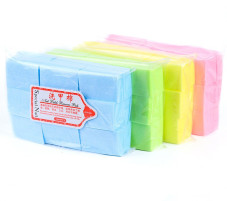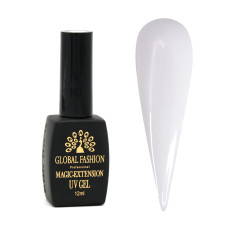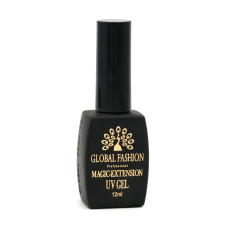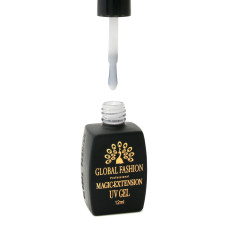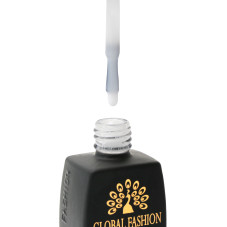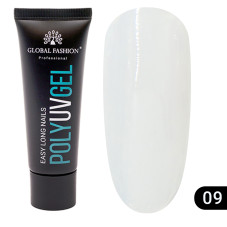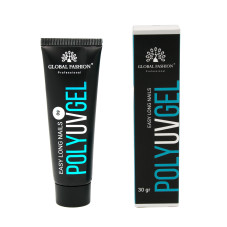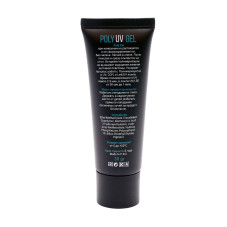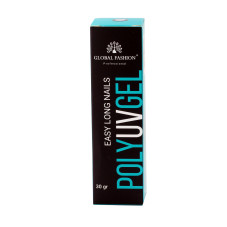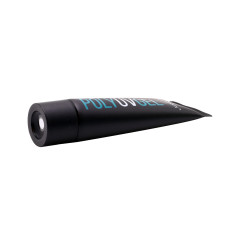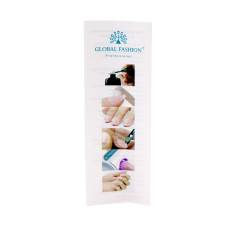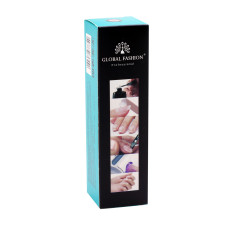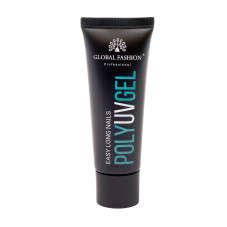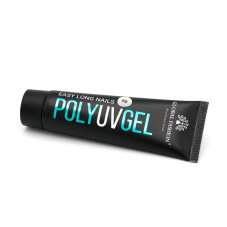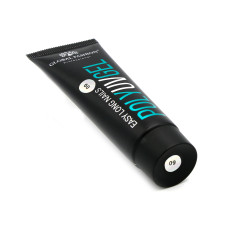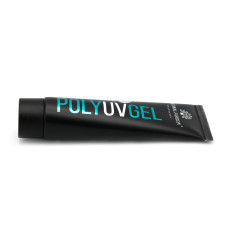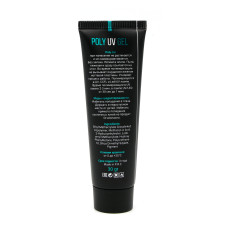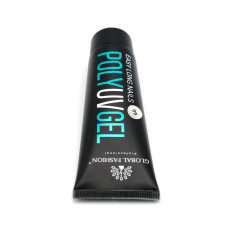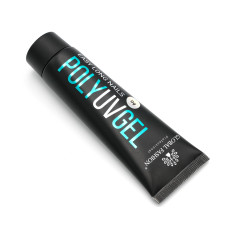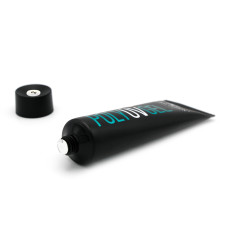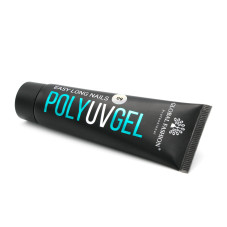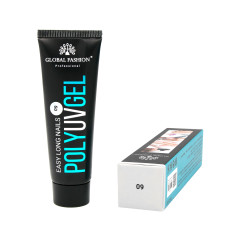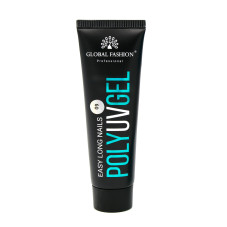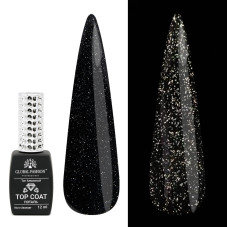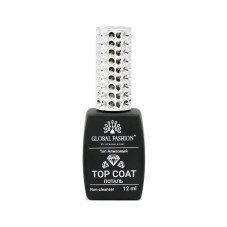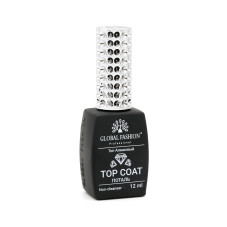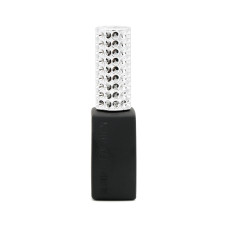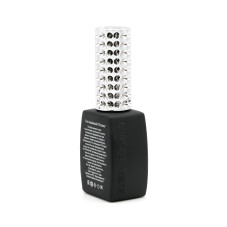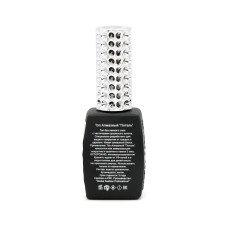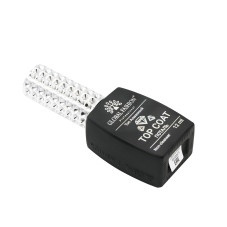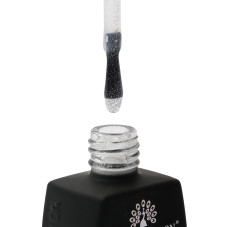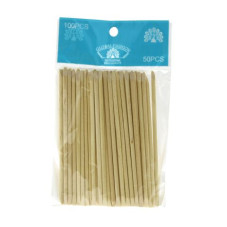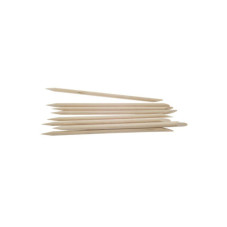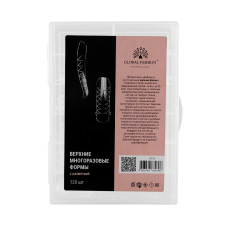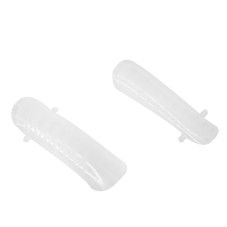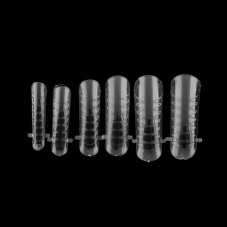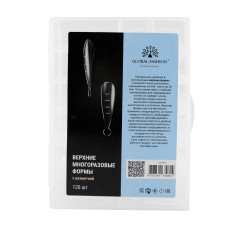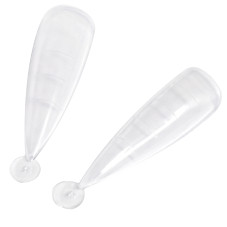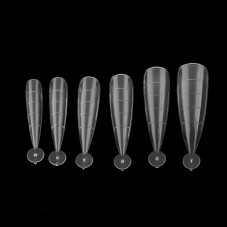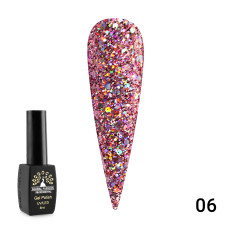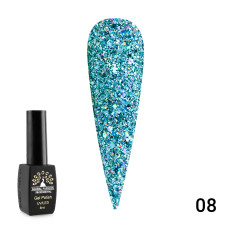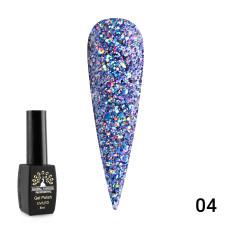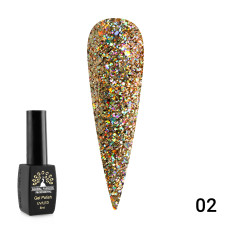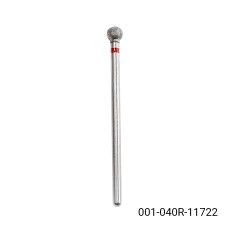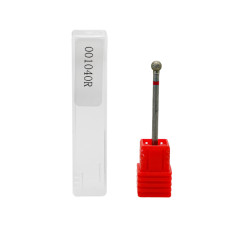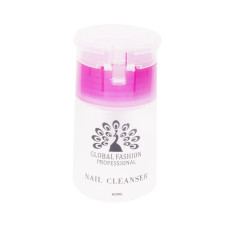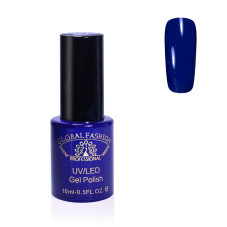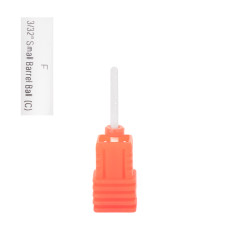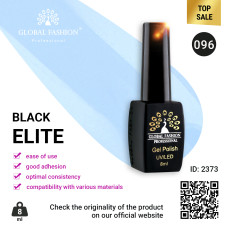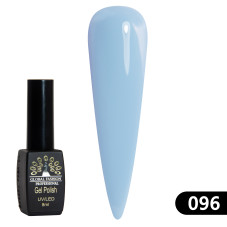What is the difference between hard gel and build-up gel?

For lovers of long nails with extravagant designs who want their manicure to last a long time, taking care of nail health is of utmost importance. In this context, choosing the right gel plays a key role in extending and strengthening your nails and creating an impressive manicure. Whether you visit a nail salon or prefer to do your manicure at home, the world of manicures is constantly evolving, which can be both exciting and a little confusing.
Your manicurist will often be able to recommend the best option and type of treatment to achieve your goals, but it's also helpful to have some knowledge.
Specifically, when doing nail extensions, you can use a hard gel or regular gel extensions. Each of these types of gel has its own advantages and disadvantages that will help you choose the best option for your needs.
Your manicurist will often be able to recommend the best option and type of treatment to achieve your goals, but it's also helpful to have some knowledge.
Specifically, when doing nail extensions, you can use a hard gel or regular gel extensions. Each of these types of gel has its own advantages and disadvantages that will help you choose the best option for your needs.
What is hard gel?
Solid gel is an oligomeric, non-porous nail product that usually comes in a pot and is cured under an LED lamp. It forms a strong and durable base coat that can be used for nail extensions. The hard gel is acetone resistant, so it cannot be removed with regular nail polish remover. This provides a long-lasting and reliable nail enhancement that should only be removed by a manicure specialist, as it is impossible to soak hard gel. Hard gel serves as a great base for those who want to add extra strength and length to their nails, and it can be combined with coloured gel polish and nail art.
What is gel extensions?
Gel extensions are a type of UV gel designed to create length and strength on top of natural nails. It is an oligomeric material that can be soft, semi-solid or hard. The gel is applied directly to the natural nail or to a nail mould or tips and then dried under an LED lamp to form a strong reinforcement.
Gel extensions create a flexible and supportive structure for the nails, enhancing the top (centre of the nail) and providing strength and a more aesthetically pleasing shape. They are usually coated with gel polish, but you can also use regular polish, which, lasts much longer than on natural nails.
How do they differ?
While solid gel and gel extensions have a lot in common, they also have key differences.
Features of solid gel:
- Has a thicker consistency compared to build-up gel.
- Usually available in a jar and applied with a separate brush.
- They are usually available in clear, nude or pink shades, sometimes with added shimmer or opalescent coating.
- Used for nail extensions.
- You need to use a file to remove the coating as it does not dissolve. While this may seem potentially risky, licensed manicurists are well versed in the process. They know exactly when to stop filing based on the look, feel, and sound of the nail during the procedure.
- Usually lasts up to three weeks, but can last longer depending on nail growth and nail care.
Gel build-up features:
- Usually has a lower viscosity compared to solid gel.
- Available in a jar.
- It is more self levelling and requires little or no touch-up.
- Available in nude, pink, clear and white shades as well as a few less common colours.
1913,8218,2001]
- Nail length can be varied depending on the type of gel. If a soft gel is used, it can be used for small extensions, if at all necessary. Semi-solid gel allows you to create a short free edge, while hard gel is better suited for significant extensions.
- Acetone can easily soften the gel, which simplifies the removal process and makes it more accessible to do it yourself compared to hard gel. If the client asks for a Russian manicure, it is most likely to use a gel build-up.
What are the similarities?
Both gels require curing in a lamp and can be used for nail extensions.
Which to choose?
When choosing between modelling gel and hard gel, it is important to consider their features and benefits. Modelling gel is ideal for nail extensions because it is flexible and easy to work with, allowing you to create the desired shape and length. Hard gel, on the other hand, serves as an excellent top coat, which significantly strengthens the natural nails and makes them more durable. The hard gel provides an excellent base for the application of coloured gel polish, allowing you to effectively combine it with the gel on top.
The choice between these gels depends on your needs and preferences, as each has its own unique properties and purpose.
66 bought
ID: 19786
300 ₽
Read also: How to Remove Nail Extensions Safely at Home: Step-by-Step Guide
Published: 05.08.2024 16:58
Times Read: 469
6623 bought
ID: 3678
280 ₽
3318 bought
ID: 3688
500 ₽
2025 bought
ID: 12595
143 ₽
-5%
2293 bought
ID: 1863
333 ₽
-5%
1473 bought
ID: 11773
190 ₽
-5%
71 bought
ID: 13093
51 ₽
-15%
